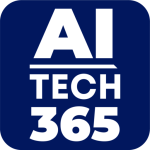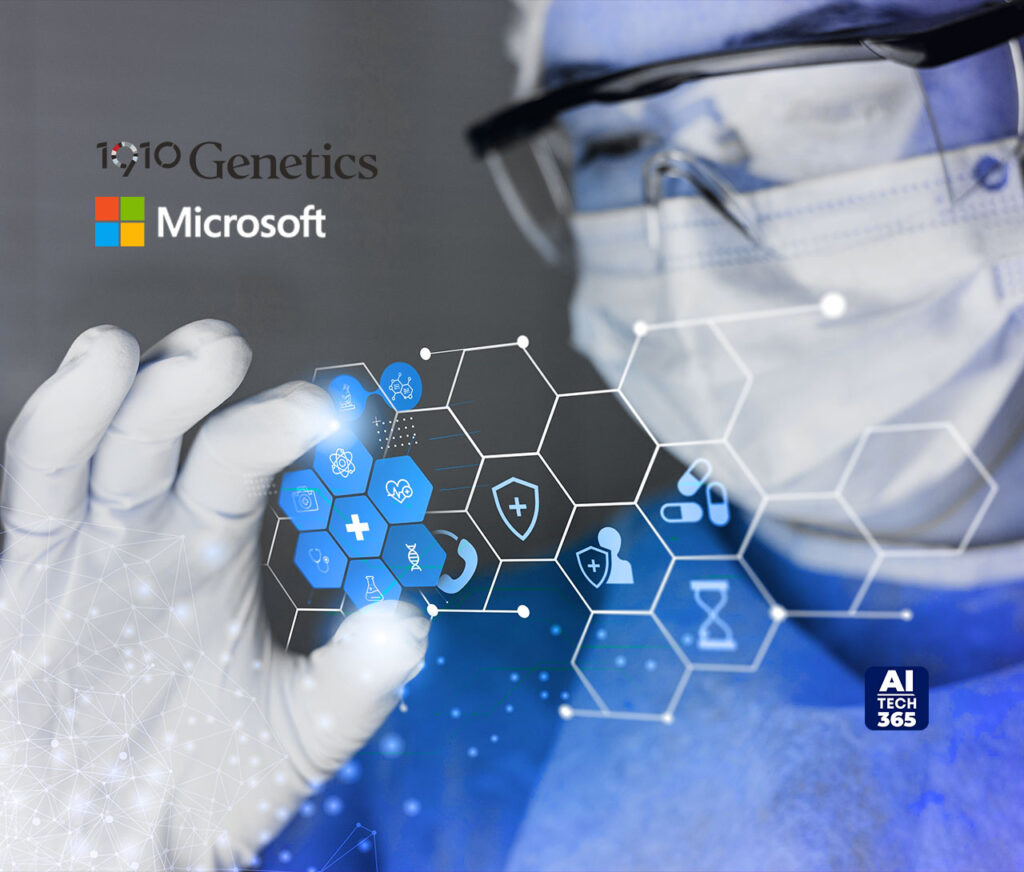First-of-its-kind, fully integrated, AI-driven drug discovery and development platform will enable pharmaceutical R&D teams to generate therapeutics faster and more cost-effectively
1910 Genetics, the only biotechnology company advancing small and large molecule drug discovery with a multimodal AI platform powered by laboratory automation, announced a new five-year commercial agreement and go-to-market collaboration with Microsoft to harness advanced artificial intelligence (AI) and next-generation, high-performance computing (HPC) to reverse 70 years of declining pharmaceutical R&D productivity.
1910 will combine its massive computational and wet lab biological data, robotics-driven laboratory automation and multimodal AI models for drug discovery with Microsoft’s HPC platform, Azure Quantum Elements, empowering researchers worldwide with a groundbreaking cloud platform purpose-built at the intersection of AI and HPC to accelerate scientific discovery.
“We are thrilled to be collaborating with 1910 Genetics to bring their pioneering AI drug discovery engines to Azure Quantum Elements,” said Jason Zander, Executive Vice President of Strategic Missions and Technologies at Microsoft. “This groundbreaking technology holds immense promise for accelerating the design of small and large molecule therapeutics. Our collaboration with 1910 Genetics demonstrates our shared commitment to innovation and our aspiration to solve some of the most challenging problems the world faces in drug discovery. We look forward to what our shared efforts will empower drug researchers to accomplish.”
AI enables a paradigm shift for scientific discovery
Since the 17th century, the scientific method has remained largely unchanged, relying on slow, human-intensive, and iterative cycles of observation, hypothesis, experimentation, and analysis. AI offers an unprecedented opportunity to compress these cycles, accelerate the time from observation to discovery, and reduce the need for experimentation.
Also Read: Veradigm to Acquire ScienceIO
This paradigm shift, AI for Scientific Discovery, will transform discovery across all industries, and especially the pharmaceutical industry, where on average, it takes 12 to 15 years and costs over $2 billion to develop a new drug. To realize the promise of AI for Scientific Discovery for pharmaceutical R&D, a new end-to-end drug discovery and development process must be reimagined from the ground up using AI, and it must overcome historically fragmented and disparate data, create new types of data at scale, and put massive parallel data, AI, and laboratory automation in the same, iterative loop.
1910 Genetics is realizing the promise of AI to accelerate R&D productivity
Founded in 2018 and backed by leading investors, including OpenAI’s Sam Altman, M12-Microsoft’s Venture Fund, and Playground Global, 1910 was built from the ground up as a next-generation, AI-native biotechnology company with three differentiating capabilities:
- To overcome the pharmaceutical industry’s data scarcity problem, 1910 generates three proprietary data streams at scale: computational data using atomistic modeling and simulations, wet lab proxy biological data using next-generation sequencing, and wet lab ground truth biological data across biochemical, cellular, and in vivo assays.
- To create the massive wet lab proxy and ground truth biological data for AI training and molecular testing of synthesized drug candidates, 1910’s state-of-the-art laboratory, powered by robotics and automation, puts massive parallel data, AI, and automation in the same, iterative loop.
- For modality-agnostic drug discovery, 1910’s multimodal AI platform can design traditional small molecules, which make up 90 percent of approved drugs, as well as large molecule therapeutics.
For pharmaceutical R&D teams, 1910’s platform significantly reduces the time and cost of designing novel lead molecules for a variety of therapeutic targets across target classes, ranging from proteases, kinases, and transmembrane receptors, and disease areas, ranging from neuroscience, infectious diseases, autoimmune diseases, and cancer.
Microsoft Azure Quantum Elements is purpose built to accelerate scientific discovery
“Azure Quantum Elements brings the most powerful AI engine created to facilitate this new AI for Scientific Discovery wave,” said Zulfi Alam, Corporate Vice President of Quantum at Microsoft. “Together with 1910, Microsoft is charting a course for a billion-dollar business in AI-driven drug discovery and development.”
In June 2023, Microsoft introduced Azure Quantum Elements (AQE), a supercomputer for chemistry that contains AI models trained on hundreds of millions of molecules, making it an expert in chemistry and materials science, and, using generative AI, a “Copilot for Azure Quantum” to write code and answer tough questions for computational chemists and material scientists.
Just six months after launching, on January 9, 2024, Microsoft announced its first concrete case study in Azure Quantum Elements for chemistry, demonstrating that Azure Quantum Elements used advanced AI to screen 32.6 million candidates in record time to discover and synthesize a new material that could reduce the use of lithium in batteries by 70 percent, paving the way for the next generation of sustainable batteries. This landmark discovery is a first-of-its-kind in the application of AI for Scientific Discovery for the design of new materials and foreshadows the transformative potential of Azure Quantum Elements to increase productivity in more industries, including pharmaceuticals.
SOURCE: BusinessWire

